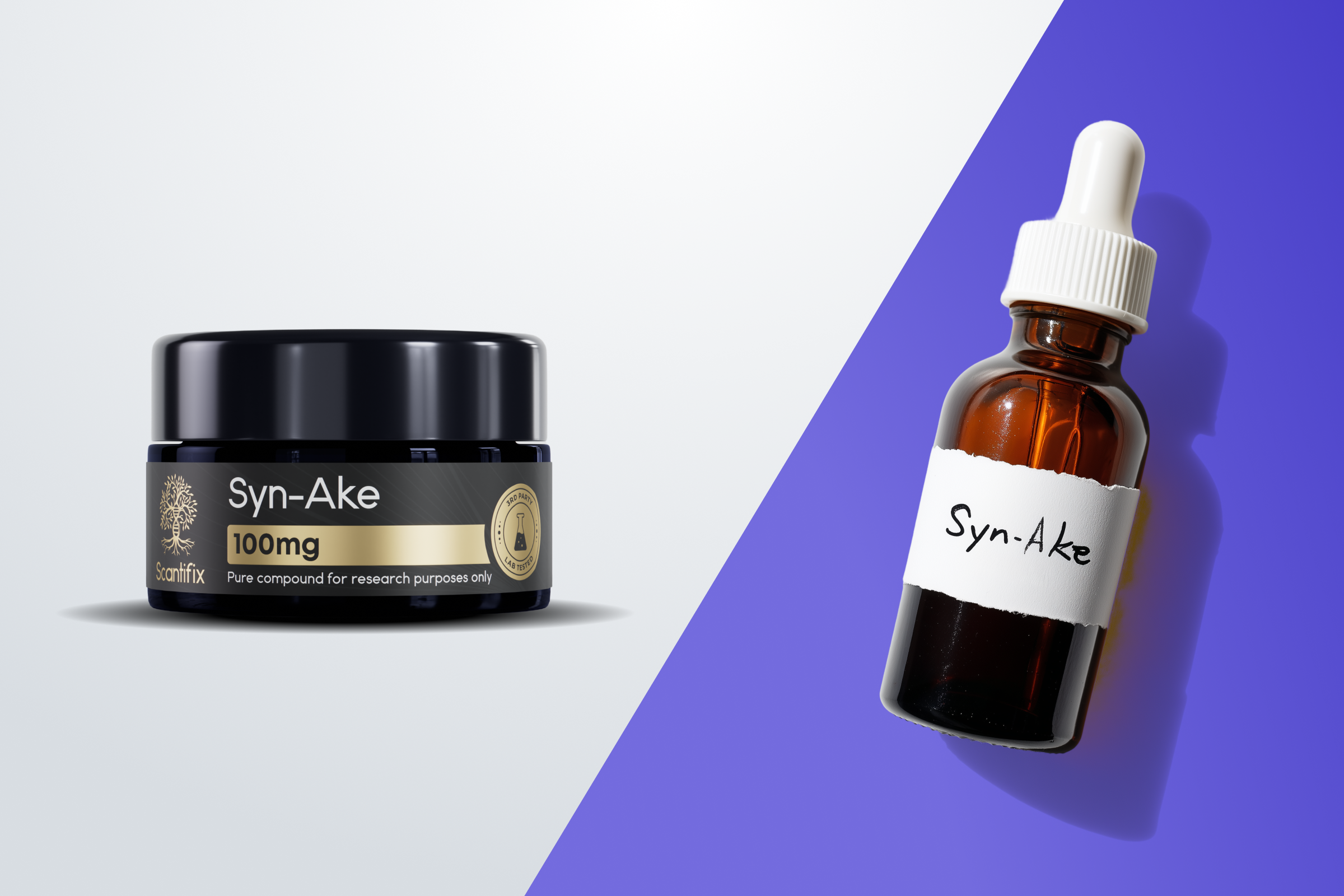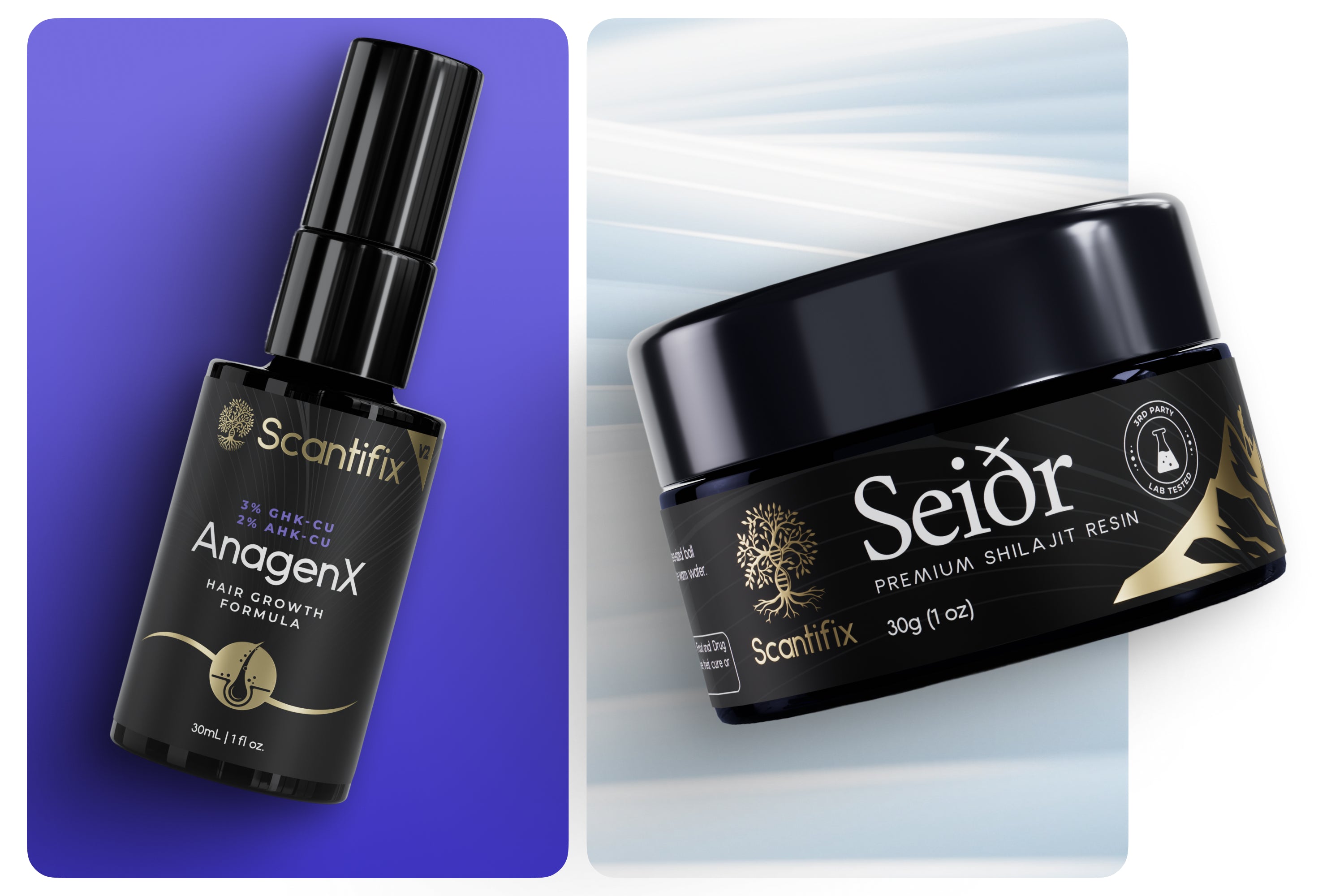Hair growth is a continuous biological cycle guided by complex cellular communication. Each strand depends on signals exchanged between the follicle’s surrounding cells. Those signals determine when strands grow, rest, or shed. When these communication pathways weaken, follicles can become less active, leading to thinning or visible hair loss over time.
One growing area of research focuses on restoring this internal dialogue through follicle signaling peptides. Among them, Zinc Thymulin is shown to help reactivate the signaling processes that maintain healthy hair cycling. It promotes healthier hair cycling by restoring how follicles communicate and respond to growth cues at the cellular level.
In the sections ahead, we’ll examine how follicle signaling functions in healthy hair, what disrupts it, and how Zinc Thymulin has been shown to help restore balance.
Understanding Follicle Signaling
Hair follicles are miniature organs with their own intricate signaling networks. Each hair goes through a repeating cycle of growth (anagen), transition (catagen), rest (telogen), and shedding (exogen)—a process driven by molecular pathways that coordinate the activity of follicular cells.
When these pathways are well regulated, follicles transition smoothly between phases, keeping more hairs in active growth. But when signaling becomes disrupted due to stress, hormonal shifts, inflammation, or age, follicles may stay in resting mode for too long. The result is shorter, thinner, or fewer strands over time.
The pathways involved in the hair growth cycle include:
-
- Wnt/β-catenin, which initiates the growth (anagen) phase
- TGF-β, IGF, and BMP, which regulate follicle maturation and regression
- VEGF, which influences blood flow and nutrient delivery around the follicle
Supporting these communication networks is essential for encouraging follicles to remain active and capable of producing strong, healthy hair.
What Is Zinc Thymulin?
Zinc Thymulin is a metallopeptide, a small peptide molecule bound to the mineral zinc. The peptide portion, thymulin, originates from the thymus gland and is involved in immune system regulation and cellular communication. When zinc binds to thymulin, it activates and stabilizes the molecule, allowing it to perform biological signaling functions more effectively.
In the context of hair health, this pairing is particularly meaningful. Both zinc and thymulin play roles in maintaining tissue balance and regulating cell behavior. Zinc contributes to enzyme function and immune balance, while thymulin helps coordinate how cells respond to external cues. Together, they form a peptide complex that can influence the communication systems that control follicle cycling.
Topically, Zinc Thymulin is typically formulated in serums or sprays, allowing it to penetrate the scalp and reach the upper follicular region where these signaling processes occur.
How Zinc Thymulin Supports Follicle Signaling
Research suggests that Zinc Thymulin helps normalize the molecular signals that control the growth cycle within hair follicles. Its mechanisms include:
-
- Encouraging the anagen phase: By stimulating the Wnt/β-catenin pathway, Zinc Thymulin supports follicles in remaining in or re-entering the active growth stage.
- Reviving follicular function: Studies have noted a return of hair pigmentation (melanogenesis) in some treated areas, suggesting reactivation of follicle activity.
- Reducing local inflammation: Both zinc and thymulin exhibit immune-modulatory properties that help preserve a healthy follicular environment and protect against inflammatory stress.
These actions collectively help maintain balanced follicle signaling, which keeps communication pathways active so that hair can continue to grow in a natural, healthy cycle.
What the Research Says
An open-label clinical evaluation published in 2017 explored the effects of topical Zinc Thymulin in adults with androgenetic alopecia (AGA), the most common form of progressive hair thinning.
Study details:
-
- 18 participants used a topical Zinc Thymulin formula for 4–10 months.
- The total treatment span exceeded 3,000 combined days, with no reported side effects.
Results observed:
-
- 32% increase in vellus hairs (fine new growth)
- 23% increase in intermediate hairs, suggesting transition toward thicker strands
- Visible repigmentation in some participants, indicating follicular reactivation
- No interaction noted in those concurrently using minoxidil or finasteride
These findings provide early clinical support that Zinc Thymulin may help prolong the anagen phase, support follicular signaling, and maintain a healthy scalp environment conducive to growth (Vickers, 2017). Its strong safety profile makes it a promising candidate for long-term or complementary use in peptide-based hair treatments.
Comparing Zinc Thymulin to Other Peptides for Hair Health
Zinc Thymulin isn’t the only peptide being studied for hair growth. Other well-known compounds such as GHK-Cu, BPC-157, and GHK-Biotin support different yet complementary biological processes.
Here’s how they compare:

Zinc Thymulin acts upstream by initiating the communication that signals follicles to grow, while peptides like GHK-Cu, BPC-157, and GHK-Biotin help create the biological conditions that sustain that growth. Together, they show how peptide science can target both follicle activity and scalp health from different angles. Stacking Zinc Thymulin with other peptides for hair growth can provide a more comprehensive approach.
Important note: Zinc Thymulin and GHK-Cu should not be mixed in the same serum or layered in the same routine. Zinc and copper can interfere with one another, reducing the effectiveness of both peptides. If you’d like to use both, alternate their application by using one in the morning and the other in the evening, or by rotating them on different days.
Who May Benefit from Zinc Thymulin
Zinc Thymulin may be a valuable option for those seeking low-risk, non-invasive, biologically-guided support for hair vitality. It’s especially relevant for:
-
- Individuals with early to moderate thinning or slowed regrowth
- Those sensitive to hormone-altering or irritating topical treatments
- People looking to enhance existing routines, including those using red light therapy, microneedling, or other peptides for hair growth.
- Those seeking alternatives to invasive or surgical treatments
Because Zinc Thymulin works by supporting natural follicle signaling rather than forcing regrowth through hormonal or chemical pathways, it offers a biologically guided approach that aligns with the body’s own systems and comes with minimal risk of side effects. For those ready to explore Zinc Thymulin in a topical format, using it correctly can make a significant difference in how effectively it supports follicle signaling.
How to Use Zinc Thymulin for Follicle Signaling
One of the most effective ways to use Zinc Thymulin is in its pure, raw peptide form, giving you full control over concentration, formulation, and application. When peptides are freshly reconstituted, they retain their highest level of biological activity. Free from preservatives, fillers, or fragrances that can dilute results.
To prepare your own topical solution, start with raw Zinc Thymulin peptides and reconstitute it into a serum base. A clean hyaluronic acid solution works best as a carrier, allowing the peptide to dissolve evenly while providing lightweight hydration. Simply add the HA serum directly to the peptide jar, allow it to dissolve completely, and transfer the finished mixture back into the hyaluronic acid bottle with the dropper or a small funnel. Store your serum in the refrigerator for optimal freshness.
Once reconstituted, apply a small amount of the serum directly to the scalp, focusing on areas where hair density has decreased or follicles appear less active. Massage gently to support absorption and microcirculation. Consistent use once a day helps deliver the peptide where it can best support signaling activity at the follicular level.
By working with raw peptides, you’re creating a clean, customizable solution designed for maximum effectiveness and purity. You can learn more about reconstituting topical peptides in our guide, or watch our reconstitution videos.
Final Thoughts
Peptide-based hair science continues to advance and Zinc Thymulin shows how targeted, biologically guided innovation can make a measurable difference in follicular signaling and overall hair vitality. By helping restore balanced communication within the follicle, it supports consistent, healthy cycling without interfering with the body’s natural rhythms.
At Scantifix, our mission is to share these scientific advancements through high-purity, third-party tested peptides that meet the highest standards rather than loosely defined cosmetic benchmarks. By offering access to ingredients like Zinc Thymulin, GHK-Cu, and others, we make science-driven, transparent innovation accessible to anyone seeking cleaner, more effective pathways to hair and skin health.
Explore >99% pure Zinc Thymulin in the ScantiShop—part of our full catalog of pure, raw peptides designed to work in harmony with human biology.
Resources:
Vickers, E. R. (2017). An analysis of the safety and efficacy of topical Zinc-Thymulin to treat androgenetic alopecia. Hair Therapy & Transplantation, 7(1), 147. https://www.longdom.org/open-access-pdfs/an-analysis-of-the-safety-and-efficacy-of-topical-zincthymulin-to-treat-androgenetic-alopecia-2167-0951-1000147.pdf




Leave a comment
All comments are moderated before being published.
This site is protected by hCaptcha and the hCaptcha Privacy Policy and Terms of Service apply.